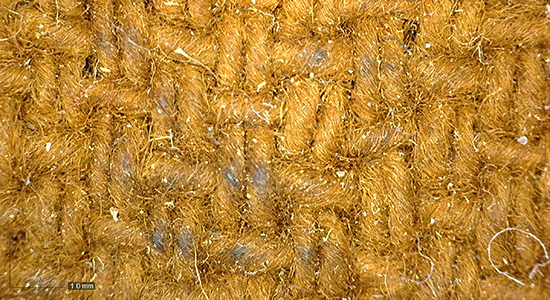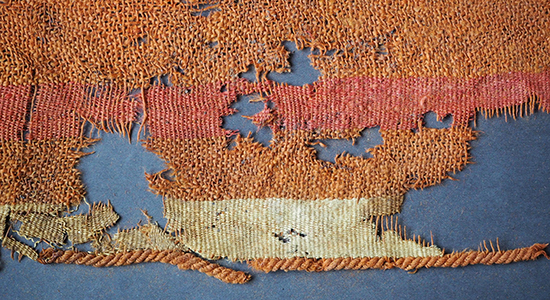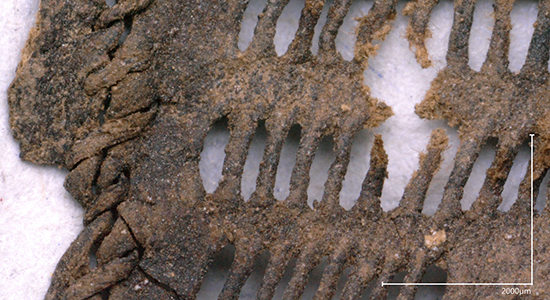Material
To sustain the project’s all-encompassing approach, it is essential to base our work on a very high number of objects, covering an extensive time and geographical scale.
The extent and composition of the corpus naturally depends on the preservation level of organic material at each site, which varies greatly according to climatic areas, material choices, burial conditions, and time. Indeed, Nubia is a hyper-arid region with relatively stable hydrometric levels through History, while Central Sudan went through a more humid phase with marked rainy seasons. It is therefore not surprising to observe a clear geographical unbalance between the two corpora, emphasised by decades of intensive archaeological research in the northern half of the country and comparatively low investments in southern and peripheral regions until the 1980s-1990s. There is also a neat augmentation in the number of preserved garments as we progress through time: the overwhelming mass of textile and leather specimens is dated to the 1st -15th centuries of our era, with seemingly rare attestations in earlier periods.
This situation is due to several phenomena, from the lack of preservation of organic remains, the few excavated cemeteries of the Kerma and Egyptian occupation periods and their location in more humid areas, or the lack of detailed documentation. It could also be due to different burial practices involving less dressing and/or wrapping of the body, or different dress practices all together. Fashioning Sudan will dress a complete inventory of preserved material per site and per period, reassessing the ubiquity of garments and soft coverings in burial practices, revealing unnoticed artefacts and funerary gestures. Providing a broad and sound framework, this global inventory of material will lead to the selection of relevant corpora of material for each time period and region.
Previous research and preliminary survey have revealed material from more than 70 sites, representing +2000 artefacts. Ongoing discussions with partnered institutions and archaeologists also continue to bring more specimens to light. So far, material from 15 key sites has been chosen, implying the study of archaeological textile and skin garments in 9 international museums and excavation teams, in Sudan, Egypt, Europe, and North America. Particular attention has been paid to ensuring a chronological and geographical coverage as exhaustive as conservation permits. The following criteria have been taken into consideration: (i) sites located in both Central Sudan and Nubia; (ii) sites dated to understudied periods, notably from the Napatan period (c. 1000-350 BCE), which represents an unfortunate “gap” in the material chronology; (iii) long-lasting sites bridging many centuries; (iv) assemblages suggesting interesting cultural dynamics, such as those occurring during transitional periods or in border regions.



